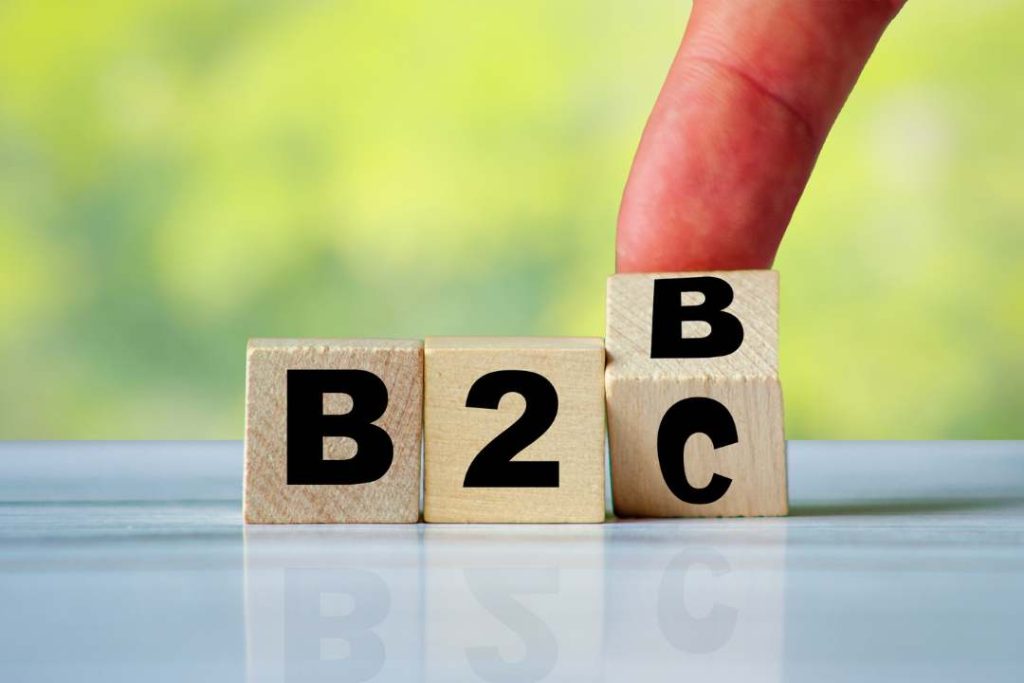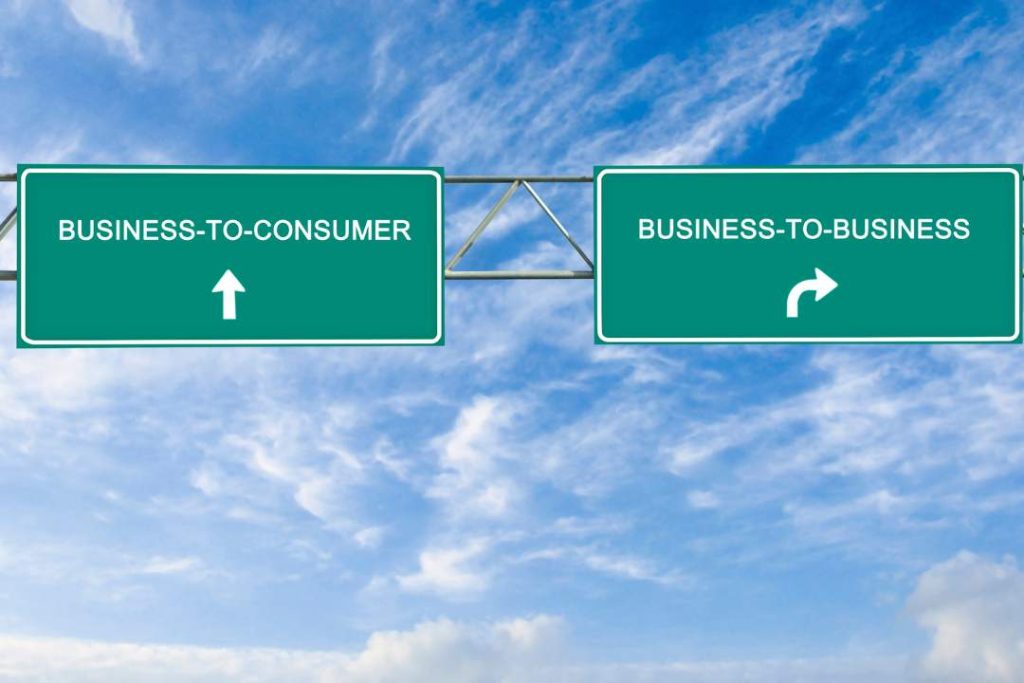B2B vs B2C: Understanding the key differences in e-commerce

What is B2B and B2C?
B2B (Business-to-Business)
Refers to business transactions that take place between companies. For example, a manufacturer of electronic components selling to a computer assembly company.
B2C (Business-to-Consumer)
Involves the sale of products or services directly to end consumers. An example would be an online clothing store that sells to individuals.

Key differences between B2B and B2C
Although both models share the objective of selling products or services, there are significant differences in terms of:
Target audience
- B2B: Companies, decision makers, purchasing departments.
- B2C: Individual consumers, seeking to satisfy their own needs.
Purchase process:
- B2B: Longer buying cycles, negotiations, multiple approvals.
- B2C: Faster buying processes, driven by emotion and convenience.
Purchase volume
- B2B: Large volumes, recurring purchases.
- B2C: Smaller volumes, individual or small quantity purchases.
Customer relationship:
- B2B: Long-term relationships based on trust and collaboration.
- B2C: More transactional relationships, focused on individual customer satisfaction.
Customization:
- B2B: High customization of products and services, negotiable prices.
- B2C: Personalization based on user behavior, product recommendations.
Marketing:
- B2B: Educational content, lead generation, email marketing, events.
- B2C: Branding, advertising, social media, influencer marketing.

How to choose the right model for your business?
The choice between B2B and B2C will depend on several factors, such as:
- Products or services: Are you selling to other businesses or directly to consumers?
- Target audience: Who are your ideal customers?
- Distribution channels: How will you reach your customers?
- Business Model: How will you generate revenue?
Content marketing: a key tool in B2B and B2C
Content marketing is critical to attracting and retaining customers in both business models, but the strategies vary considerably.
B2B:
- Educational content: Whitepapers, ebooks, webinars, case studies. The goal is to position themselves as industry experts and provide valuable information that helps decision makers solve specific problems.
- Technical language: A more formal and specialized language is used, adapted to the target audience.
- Channels: LinkedIn, specialized blogs, publications in industry magazines.
- Calls to action (CTA): Content downloads, demo requests, commercial contact.
B2C:
- Emotional content: Stories, testimonials, attractive visual content. The goal is to connect with the consumer’s emotions and generate an emotional connection with the brand.
- Simple and friendly language: The content should be easy to understand and attractive to a wide audience.
- Channels: Social media, blogs, email marketing, influencers.
- Calls to action (CTA): Buy now, subscribe to newsletter, follow on social networks.
Transform your ERP into a powerful B2B ecommerce system

Conclusion
Understanding the differences between B2B and B2C models is critical for any company that wants to succeed in e-commerce. Each model presents unique challenges and opportunities, requiring highly customized marketing and sales strategies.
At STOAM SASWe are experts in helping companies navigate this complex landscape. We offer tailored solutions to optimize your online presence, regardless of whether your focus is B2B or B2C. From creating custom content strategies to implementing marketing automation tools, we’re with you every step of the way.
If you want to learn more about this topic or need personalized advice for your business, do not hesitate to contact us. Visit our blog to find more useful articles and resources on e-commerce or related topics.
In a nutshell, by choosing the right model and applying the right strategies, you will be able to maximize your results and achieve your business goals in the digital world!Contact us at today to get started!
Share:
Related Articles

What is a marketplace? Find out how to get the most out of it
What is a marketplace? Find out how to get the most out of it In today’s digital world, marketplaces have

Business to consumer (B2C): how it works and how it differs from B2B
Business to consumer (B2C): how it works and how it differs from B2B In today’s world, e-commerce and direct business-to-consumer

Alibaba revolutionises B2B commerce with ‘Accio’ – the AI-powered search engine for SMEs
Alibaba revolutionises B2B commerce with ‘Accio’ – the AI-powered search engine for SMEs Share: Tabla de contenidos What is Accio

Examples of market segmentation: How to apply it in different sectors?
Examples of market segmentation: How to apply it in different sectors? In today’s competitive business landscape, market segmentation is more

Omni-channel strategy: How to integrate all channels to improve customer experience
Omni-channel strategy: How to integrate all channels to improve customer experience In a world where consumers use multiple channels to

What are open APIs and their role in SaaS solutions?
What are open APIs and their role in SaaS solutions? Open APIs have transformed the way businesses use software, especially

Analysis of B2B marketplaces: Are they an opportunity or a threat?
Analysis of B2B marketplaces: Are they an opportunity or a threat? B2B marketplaces are transforming the way companies buy and

How to use chatbots in B2B ecommerce to improve conversions
How to use chatbots in B2B ecommerce to improve conversions In the world of ecommerce B2B (Business to Business)shopper expectations

ERP and sustainability: How a system can reduce environmental impact
ERP and sustainability: How a system can reduce environmental impact Sustainability has become a crucial priority in today’s business landscape.
Automate orders with Stoam SaaS b2b ecommerce

